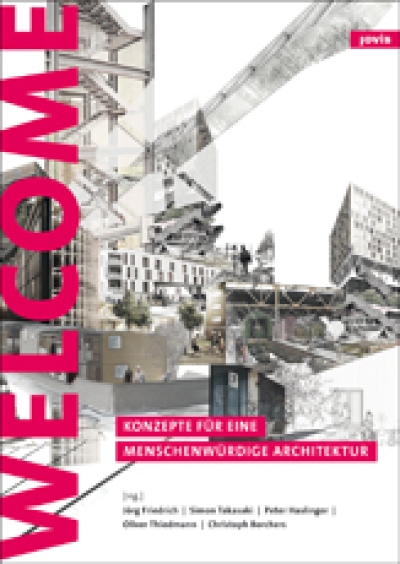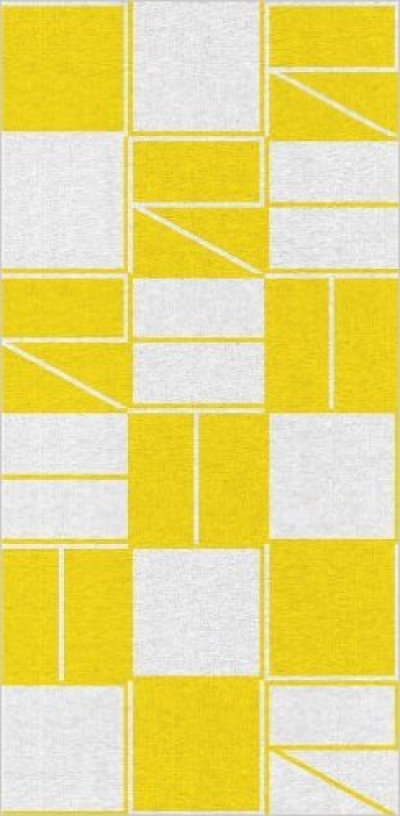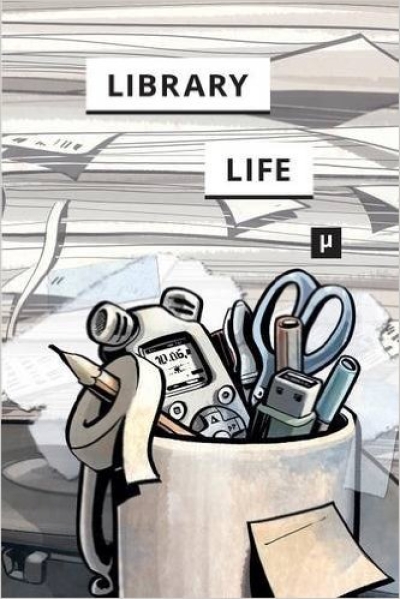
IDEA 395. Designing the Digital World: Game Experience and User Interface
Direction/Edited by: IDEA
Supervision by Youichiro Miyake
Design by LABORATORIES (Kensaku Kato, Megumi Moriya)
The gateway we players experience the digital game world through is the game screen. This feature is an experimental visual review of the history of UI design in digital games, with game selection and editorial supervision by game developer and AI researcher Youichirou Miyake.
In the 1970s, computers reached a stage where we could make games for them. To get where they are today, digital games have evolved through a lot of hardware: arcade machines, PCs, video game consoles, hand-held consoles and our smartphones. The industry has grown to become massive, and the trial and error of countless developers and creators has helped gamers find their way through the complex aggregate game information we know as stories, characters, and sounds. Games have developed beyond the boundaries of mere entertainment into a form of media that has captured hearts across the globe.
The changes have made the way information is shown more friendly. Pixels became 2D art, then 3D graphics; we’ve moved beyond creating pictures within the game screen to the creation of variations within sub-windows. If we look at the changes in the designs of these game screens, I’ll bet we can find overlap in ways of thinking in organizing information in graphic design, or in the user interface (UI) or user experience (UX) methods found in application design.
In recent years, we’ve seen the appearance of games using location-based information from the real world and augmented reality (AR), creating spaces that bridge the boundaries of the real world with the game. The future potential has drawn interest beyond the gaming industry. We have much to expect in the future of games; I hope you’ll enjoy the world of games and the abundance of successive game types it offers in the pages of this issue.

































































































